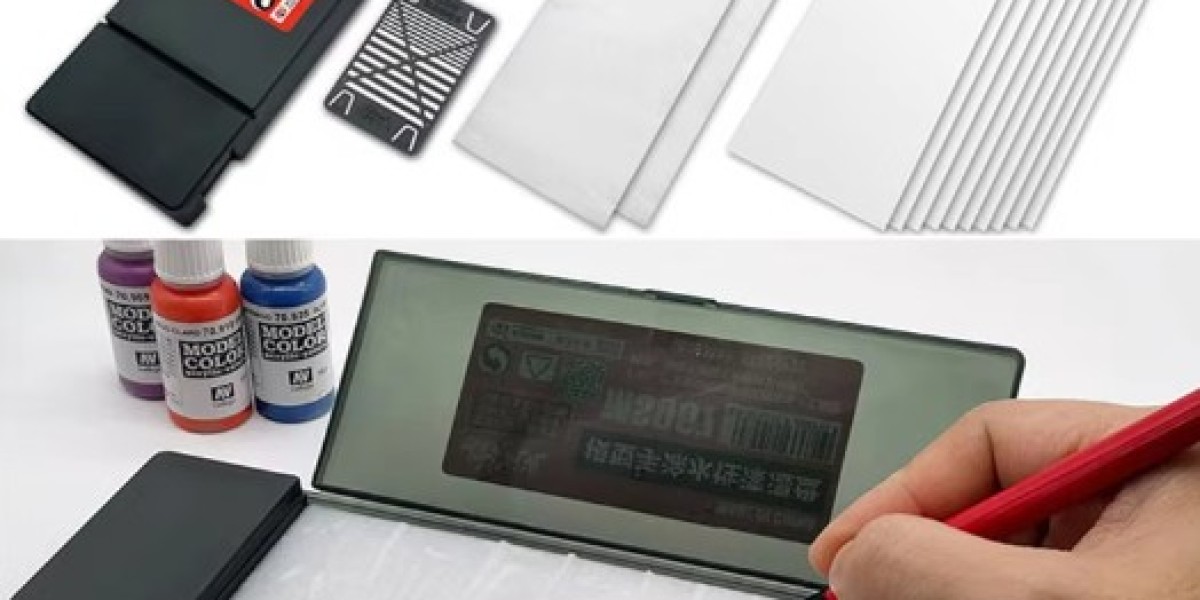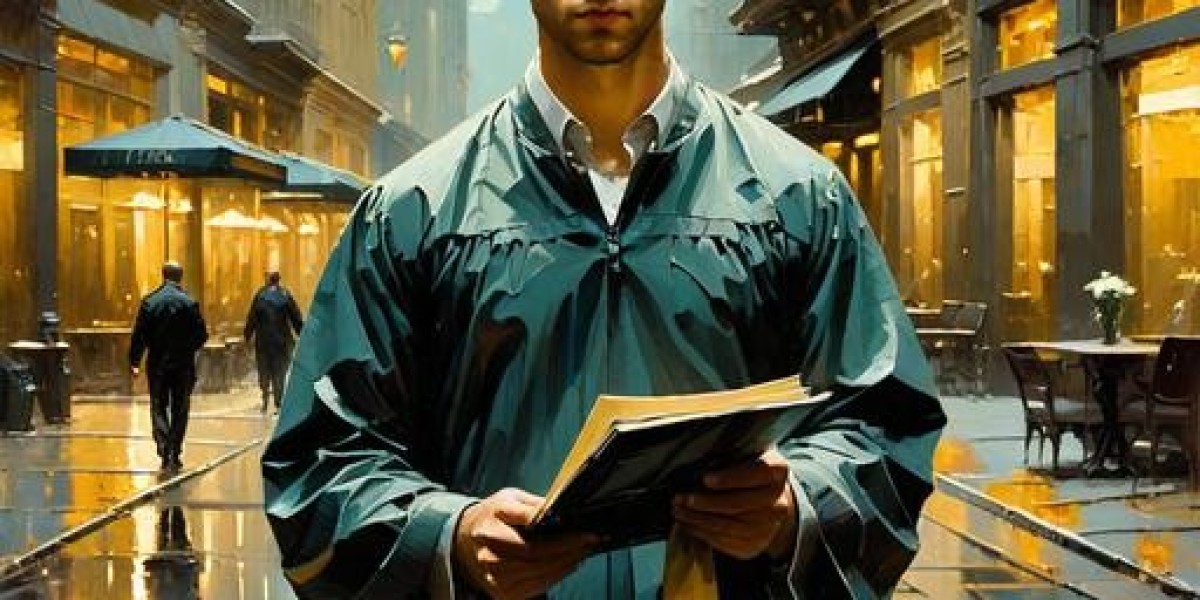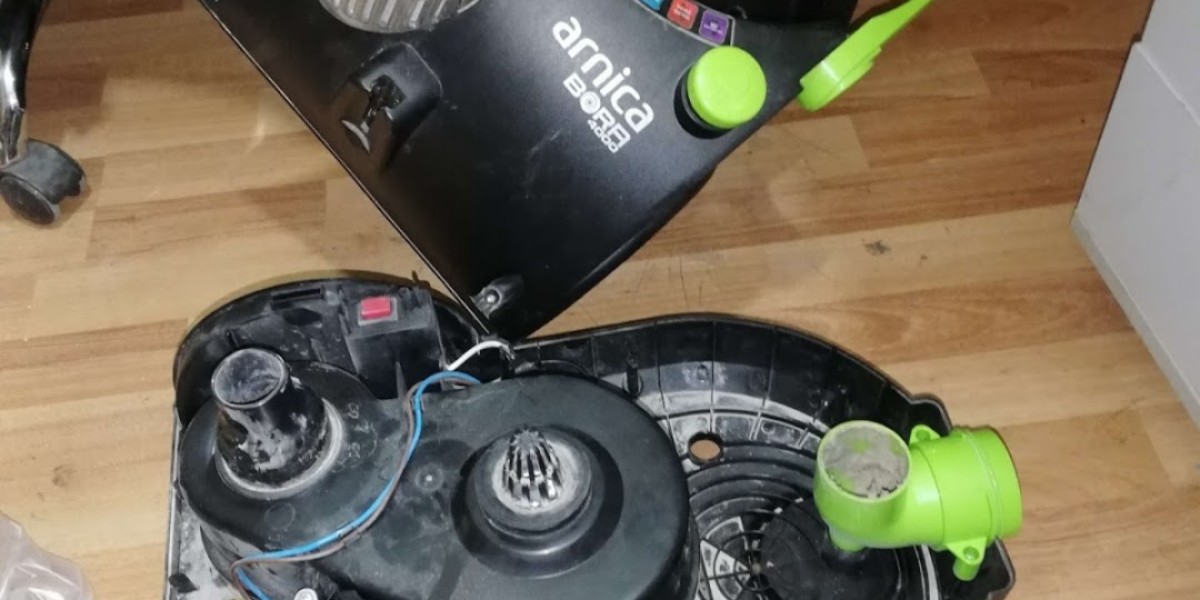Walk into any artist’s studio, and you’ll find more than just canvases and finished pieces — you’ll uncover a carefully selected arsenal of paint supplies that power every brushstroke and breathe life into raw ideas. These tools are far more than mere accessories; they are the silent collaborators behind every burst of color, every textured stroke, and every nuanced layer of expression.
Whether you're a seasoned painter or just stepping into the world of art, the term paint supplies encompasses a world of possibilities. From brushes and palettes to solvents and easels, every piece plays a crucial role in shaping how an idea transitions from imagination to the canvas. Without these supplies, even the most inspired mind would struggle to translate emotion into visual form.
The Heart of the Studio: Brushes and Mediums
Brushes are one of the most intimate tools in any painter’s collection. The feel of a brush in hand — its balance, bristle type, and responsiveness — determines how an artist interacts with the medium. Flat, filbert, fan, round, and liner brushes each serve a distinct purpose, offering a variety of stroke styles and textures.
Complementing brushes are the painting mediums: acrylics, oils, gouache, and watercolors, each demanding specific handling and tools. For instance, paint supplies for oil painting often include linseed oil, turpentine, and a range of palette knives, while watercolor artists rely heavily on high-absorbency paper, masking fluid, and specific brushes designed to hold large amounts of water.
Acrylic painters typically use synthetic brushes, retarders to slow drying time, and gesso-primed surfaces. The diversity of paint supplies tailored to each medium reflects the versatility and depth of the art world.
Canvases, Boards, and Paper: Choosing the Right Surface
An often overlooked part of the paint supplies spectrum is the surface. A surface isn’t just a blank space — it determines the interaction between paint and material. A cotton canvas, for instance, provides a different experience from linen. Smooth wood panels offer minimal absorption and maximum detail, while textured paper allows for expressive, spontaneous marks.
Paper weight, tooth, and composition play a significant role for watercolor and gouache artists. Hot-pressed paper provides a smooth surface ideal for fine detail, while cold-pressed and rough paper allow for dramatic texture and movement.
Artists select these surfaces not randomly but purposefully, ensuring harmony between material and vision. The right surface becomes a silent partner in the creative process, reacting just the way the artist intends.
Mixing and Application Tools
Behind every harmonious color palette lies a process of careful mixing and experimentation. Palettes — whether traditional wood, glass, or disposable — are essential components of any paint supplies kit. Palette knives, often misunderstood as purely mixing tools, also offer painters an alternative method of application, producing bold textures and spontaneous strokes.
Color mixing is an art in itself. The ability to understand pigment behavior — opacity, staining power, granulation — is sharpened with the use of appropriate tools. Paint supplies such as color wheels, mixing charts, and even a well-cleaned brush water jar can help maintain control over hue and saturation.
The tools for cleaning and maintenance — brush cleaners, soap bars, drying racks — further ensure that your investment in supplies remains long-lasting. Neglecting these minor tools can result in damaged brushes and altered color performance, which directly impacts the final piece.
The Easel and the Workspace
The environment in which art is created plays a vital role in the overall workflow. Easels are more than just stands; they are about posture, comfort, and spatial interaction with the work. Some artists prefer H-frame easels for studio work, while others opt for portable field easels when creating outdoors.
Alongside easels, storage solutions like paint caddies, brush holders, and drawer cabinets help maintain an efficient, clutter-free space. Your paint supplies deserve not only proper usage but also proper placement and care.
Lighting also plays a significant role — many artists invest in daylight-balanced lamps to accurately perceive color. Shadows, glare, and uneven lighting can skew perception and affect the outcome of a painting. A well-structured workspace, complete with organized paint supplies, contributes to a smoother, more fulfilling creative experience.
Beyond the Basics: Exploring Texture and Technique
Artists continually push boundaries, and so do their tools. Today’s paint supplies include everything from texture pastes and impasto gels to metallic leaf, pouring mediums, and crackle varnish. These additions allow for experimentation and innovation that were once unimaginable.
The rise of mixed media techniques has also broadened the scope of what qualifies as essential paint supplies. Spray bottles, sponges, rollers, masking tape, stencils, and more have found their place in studios as artists explore unconventional forms of expression.
Even unconventional tools like toothbrushes or credit cards are repurposed by painters to achieve effects that standard brushes cannot provide. The creative potential lies not only in the traditional but also in the unorthodox.
Building Your Own Paint Supplies Collection
Every artist’s supply collection tells a story. It begins with a simple brush and expands with experience. There’s no single formula to assembling the perfect kit — it grows organically with time, exploration, and learning. Visiting local art stores or reputable online platforms introduces you to materials you may have never considered.
It’s essential to test different brands, try sample sizes, and pay attention to how your supplies respond to your personal technique. Quality doesn’t always mean expensive, and affordability doesn’t mean compromise. Building a trusted set of paint supplies is part of the journey.
Workshops, art forums, and even social media communities offer valuable insights and reviews that help guide purchasing decisions. Stay curious. Sometimes, one unexpected addition can open the door to an entirely new creative direction.
Final Thoughts
The true magic of art doesn’t lie in the talent of the hand alone but also in the harmony between artist and material. From the first pencil sketch to the final coat of varnish, paint supplies are constant companions on the path of creation. They hold memory, emotion, and the unseen marks of practice.
Investing in your tools is an investment in your voice as an artist. Take time to explore, experiment, and evolve. The more attuned you become to your supplies, the more expressive and authentic your work becomes.
So next time you pick up a brush or open a fresh tube of paint, pause for a moment. Recognize that behind every masterpiece lies a toolkit of carefully chosen paint supplies — the quiet force that brings your imagination to life.






